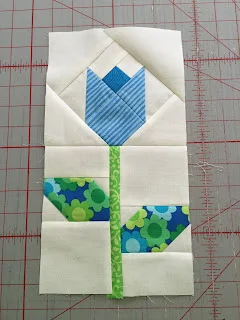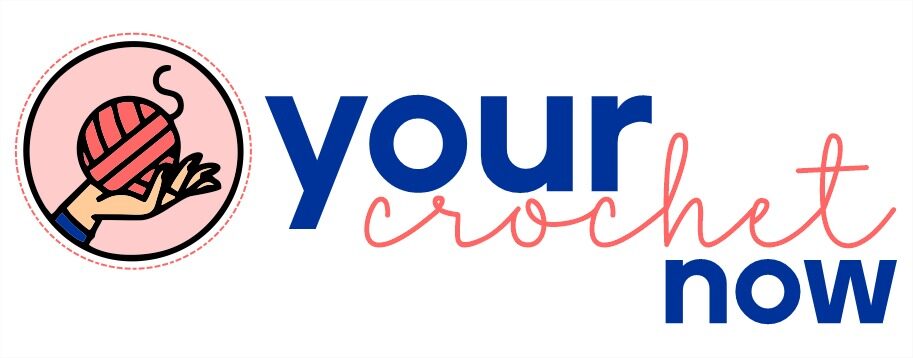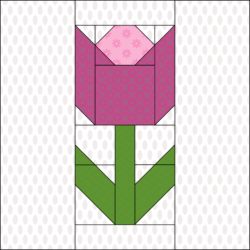Quilting is a timeless craft that brings creativity and warmth to every piece created. Among the most beloved quilt patterns, the Flower Block Quilt stands out for its beauty and versatility. Whether you are an experienced quilter or a beginner, this pattern allows you to create stunning floral designs that add a touch of nature to your projects.
In this guide, we will walk you through a step-by-step process to create your own Flower Block Quilt, covering fabric selection, cutting measurements, and assembly techniques. By following these instructions, you’ll craft a quilt that is both visually striking and rewarding to make.
Choosing the Right Fabrics for Your Flower Block Quilt
Selecting the right fabrics is essential for achieving a vibrant and cohesive quilt pattern. A well-chosen palette enhances the floral theme and makes each block stand out beautifully.
When choosing fabrics, opt for a mix of solid and patterned fabrics that complement each other. Floral prints work well for the petals, while solid colors help balance the overall design. Consider pastel tones for a soft and elegant look or bright colors for a more modern and lively quilt.
Fabric quality is also crucial. Use 100% cotton quilting fabric for durability and ease of stitching. Pre-washing your fabrics before cutting helps prevent shrinkage and color bleeding, ensuring a long-lasting quilt that maintains its beauty over time.
Essential Tools and Materials
To successfully create a Flower Block Quilt, having the right tools and materials is just as important as selecting fabrics. Proper preparation will make the quilting process smoother and more enjoyable.
You will need a rotary cutter, self-healing cutting mat, quilting ruler, sewing machine, coordinating thread, and an iron. These tools ensure precision when cutting and sewing, which is essential for achieving neat and uniform quilt patterns.
Additionally, using high-quality batting and a sturdy backing fabric will enhance the overall feel and warmth of your quilt. Whether you choose cotton or polyester batting, consider the thickness based on the quilt’s intended use—lighter for decorative quilts and thicker for cozy bedding.
Step-by-Step Guide: Cutting Your Fabric Pieces
Accurate cutting is the foundation of a well-made quilt. Before starting, press your fabric to remove wrinkles and use a rotary cutter for clean edges.
For each Flower Block Quilt block, cut the following pieces:
- Petals: Four squares of 4.5” x 4.5” in floral prints
- Center: One square of 3.5” x 3.5” in a contrasting solid color
- Background: Four rectangles of 4.5” x 2.5” in a neutral shade
- Corner Squares: Four squares of 2.5” x 2.5” in background fabric
Once all pieces are cut, lay them out in a grid format to visualize how the quilt pattern will come together. This will help ensure color balance and symmetry before sewing begins.
Assembling the Flower Block Quilt
Now that you have all your fabric pieces cut, it’s time to sew them together. Assembling the blocks carefully ensures a precise and polished final quilt.
Begin by sewing the petal squares together in pairs. Then, sew each pair to the adjacent background rectangles, forming the flower shape. Press seams open to reduce bulk and ensure smooth transitions between fabric pieces.
Next, attach the center square, ensuring it is perfectly aligned. Finally, sew the four corner squares to complete the block. Repeat this process for each quilt block, making as many as needed to complete your desired quilt size.
Arranging and Stitching the Blocks
The arrangement of your quilt blocks plays a crucial role in the overall design. Layout all blocks on a flat surface or a design wall before sewing them together.
Experiment with different arrangements to create a balanced pattern. You can alternate colors, rotate blocks for variation, or even add sashing strips between blocks for a more defined look. Taking a picture of different arrangements can help you decide on the best design.
Once satisfied with the layout, sew the blocks together in rows, pressing seams between each step. Then, join the rows together, ensuring precise alignment at the corners to maintain a uniform quilt pattern.
Adding Borders and Quilting
Borders frame your quilt and provide a finishing touch. Choose a border fabric that complements the flower blocks without overpowering the design.
Cut strips for the border, usually 2.5” to 3.5” wide, depending on the desired width. Attach the border strips to the quilt edges, sewing the sides first and then the top and bottom. Press seams carefully for a professional finish.
Once the top is assembled, layer the quilt top with batting and backing fabric. Secure the layers with basting stitches or quilting pins. Quilt as desired—either by hand, using free-motion quilting, or with a walking foot to stitch along the seams, enhancing the quilt pattern.

Binding and Finishing Touches
Binding is the final step in completing your Flower Block Quilt. A well-stitched binding provides durability and a polished look to the edges.
Cut 2.5” wide strips for the binding, joining them end-to-end to create a continuous strip. Fold the strip in half lengthwise, pressing it before attaching it to the quilt edge. Sew the binding to the front of the quilt, then fold it over and hand-stitch or machine-stitch it to the back.
For an added personal touch, consider adding a quilt label with your name and date. This small detail makes your quilt a treasured keepsake, whether it’s for yourself or a gift for someone special.
Conclusion
Creating a Flower Block Quilt is a rewarding experience that allows you to combine artistic expression with technical skills. With careful fabric selection, precise cutting, and thoughtful assembly, you can craft a stunning quilt pattern that brings warmth and beauty to any space.
Whether you follow traditional floral colors or experiment with bold, modern palettes, the Flower Block Quilt is a versatile and timeless design. Now that you have the knowledge and steps, it’s time to gather your fabrics and start quilting!

